Can’t Find What You Are Looking For? Find Out About Our Bespoke Design Solutions. Read More.
IFR + Anti-Static Fabric
Anti-static fabric is a type of textile that is designed to prevent static electricity buildup. It is commonly used in manufacturing facilities and clean rooms to prevent damage to sensitive electronic equipment.
What Is Anti-Static Fabric?
Anti-static fabric, also known as anti-static cloth, is a type of material that prevents the buildup of static electricity. Its anti-static properties are based on two mechanisms: charge dissipation and neutralization.
When an object is grounded, the static electricity on the fabric is neutralized through the corona discharge of conductive fibers, and any residual static electricity can be dissipated to the ground via the conductive fibers. If the conductive fibers are not grounded, the weak corona discharge can still dissipate the static electricity.
Hazards of Static Electricity
Effects of Wearing Performance on Clothing
The static electricity generated by clothing made of different materials can cause the clothes to tangle with each other, making it inconvenient to wear. When the clothing and skin have opposite charges, they can adhere to each other, causing difficulties in walking.
Causes of Accidental Accidents
Wearing synthetic clothes can generate a large amount of static electricity, which can accumulate on the surface of the clothes. The accumulated static charge can produce sparks by breaking down the air gap. The energy of the sparks is sufficient to ignite the flammable and explosive gases in the vicinity, leading to fires or even explosions.
Impact on the Quality of Textile Products
During the process of opening loose fibers, static electricity causes the loose fibers to adhere to the machine frame, pipelines, and other surfaces. This results in uneven thickness of the output fiber layer and also causing difficulties in production due to entanglement, compression, and rolling.
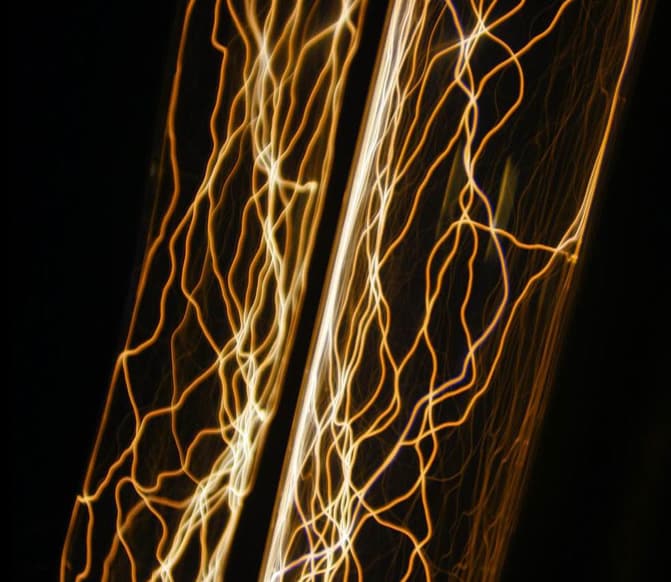
Industries Using Anti-Static Fabrics:

LABORATORIES

CLEAN ROOMS

ATEX AREAS

AUTOMOTIVES
Principles of Anti-Static Textile Materials:
There are generally two ways in which static electricity is generated:
1. Static electricity generated by contact.
2.Static electricity generated by induction.
Contact-generated static electricity is mainly due to the movement of charges. When two objects come into contact and rub against each other, one object’s surface begins to accumulate positive charges while the other object’s surface becomes negatively charged, resulting in static electricity.
Static electricity generated by induction occurs when a conductive material is near a conductor or insulator. Charges will begin to accumulate on the conductor or insulator side closest to the conductive material. After a prolonged period of induction, the positive and negative charges of the conductor or insulator will become completely separated, leading to the generation of static electricity.
Both of these cases can be referred to as the charge transfer effect. Anti-static refers to the ability of anti-static fabric to minimize the transfer effect, prevent the accumulation of static electricity, reduce friction or contact with the product, and achieve the goal of preventing static electricity buildup. The following are three commonly used methods:
Antistatic Methods for Textiles
The methods for anti-static treatment of textiles mainly involve increasing the conductivity of fibers and improving the humidity of the surrounding environment. The most basic and important method is to reduce the electrical resistance of fibers and increase their conductivity. There are three main methods for anti-static treatment of textiles:
Treating fabrics with anti-static agents; Modifying the fibers by grafting hydrophilic groups onto them, blending or interweaving with hydrophilic fibers;Blending or interweaving with conductive fibers.
The mechanisms of the first two methods are to increase the fabric’s moisture absorption, decrease its insulation, and speed up the dissipation of static electricity. Therefore, their effects may not be durable or significant in dry environments or after repeated washing.
The third method can permanently and efficiently solve the problem of static electricity in textiles. It can be utilized for special functional clothing, such as anti-static workwear.
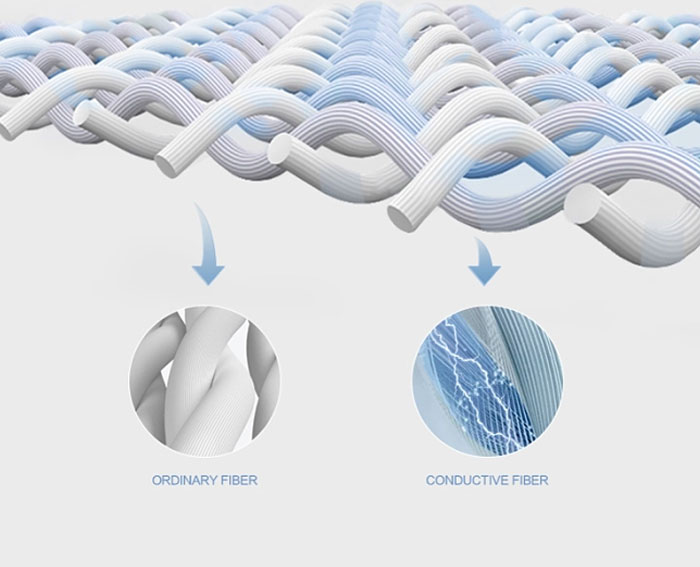
Production of Anti-static Fibers and Fabrics
1. External Anti-static Method
The method of attaching external anti-static agents to the surface of fibers is known as surface treatment, which can be categorized into temporary and durable anti-static treatment methods.
(1) Temporary anti-static treatment. Generally, external spraying, impregnation, and coating methods are used to prevent static interference during fiber manufacturing and processing.
(2) Durable anti-static treatment. Durable anti-static treatment is achieved by attracting ions of opposite electrical charge to the surface of fibers through crosslinking via heat treatment or by adhering to a resin carrier. This results in a certain level of durability, wash resistance, friction resistance, and other properties.
2. Internal Anti-static Method
The following three methods are used to incorporate anti-static agents into the fibers:
(1) Modify the fiber polymer before spinning. Usually, hydrophilic compounds are copolymerized with fiber monomers before spinning.
(2) Use a blend spinning method to mix the polymer with anti-static agents, or use a composite spinning method.
(3) Coat the fiber surface with a conductive metal or carbon black (which is actually a part of surface treatment), or utilize composite spinning to produce anti-static fibers that contain carbon black.
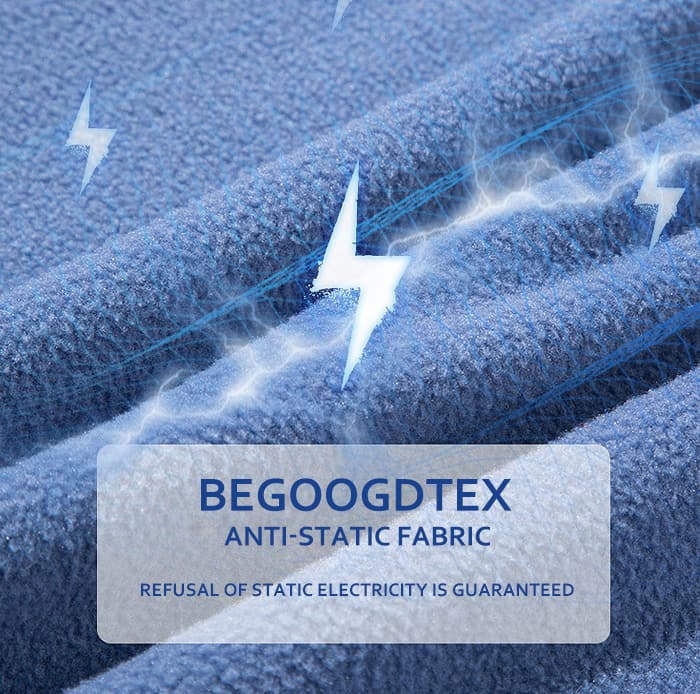
Advantages of BEGOODTEX Anti-Static Fabric:
High conductivity and superior electrostatic performance. Metal fibers as fine as 6.5 µm have excellent conductivity, effectively dissipating static charges.
Comfortable to wear, ultra-fine and ultra-soft fibers and yarns seamlessly blend into clothing, maintaining a high level of comfort.
Excellent washing properties Even after multiple industrial washings, the characteristics and anti-static performance of the clothing will not change.
Preventing electrical instrument malfunctions by dissipating ESD is essential for protecting various electrical equipment from the adverse effects of static charges.
Long service life: Excellent durability increases the fabric’s longevity.
Applications of Inherent Flame Retardant (IFR) + Anti-static Fabrics

1. Electronics Industry: Anti-static fabrics are widely used in the work clothes and gloves of production workshops to prevent static interference during the production process. The fabric can also protect electronic components from static hazards, ensuring the quality and stable performance of the components.
2. Medical and Healthcare: Anti-static fabrics are used in surgical gowns, surgical caps, surgical shoe covers, etc. These products can effectively reduce the problem of static charge accumulation.
3. Petrochemical industry: Anti-static fabrics can be utilized in the petrochemical industry for protective gear like anti-static clothing, gloves, and shoe covers to mitigate fires and explosions triggered by static electricity.
4. Aerospace: Anti-static fabrics can be utilized in the aerospace industry for protective gear like anti-static clothing, gloves, and shoe covers to prevent static interference and damage.
5. Power Industry: Anti-static fabrics can be utilized in the power industry for protective equipment like anti-static clothing, gloves, and shoe covers to prevent fires and explosions triggered by static electricity.
6. Automotive Manufacturing: Anti-static fabrics can be utilized in the automotive manufacturing industry for protective equipment like work clothes and gloves to prevent static interference and damage to automotive electronic equipment.
Relative Products
-

ermanent Flame Resistant Blackout Curtains Drape for Living Room, 6 Silver Grommet
BG-HTCT-GR -
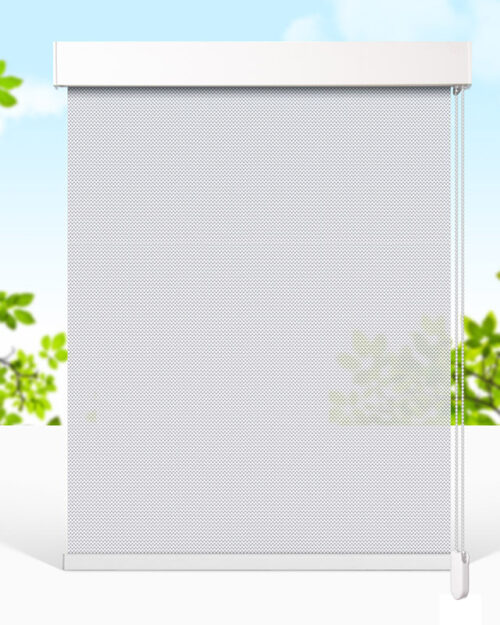
One-Way Perspective Flame-Retardant Thermal Insulation Window Screen Fabric
BG-HTCT-22 -

Fire Resistant Sheer Curtains for Bedroom Living Room
BG-HTCT-21 -

Begoodtex Flame Retardant Composite Coating 100% Blackout Curtains
BG-HTCT-20 -
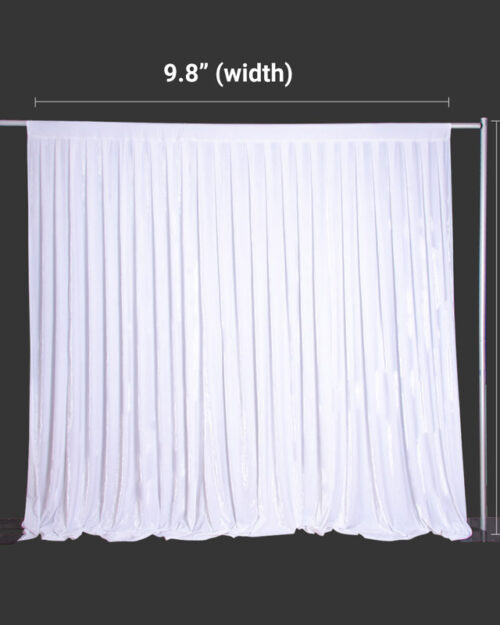
Flame Retardant White Velvet-Like Backdrop Curtain Drapes
BG-EVDP-WT-05 -
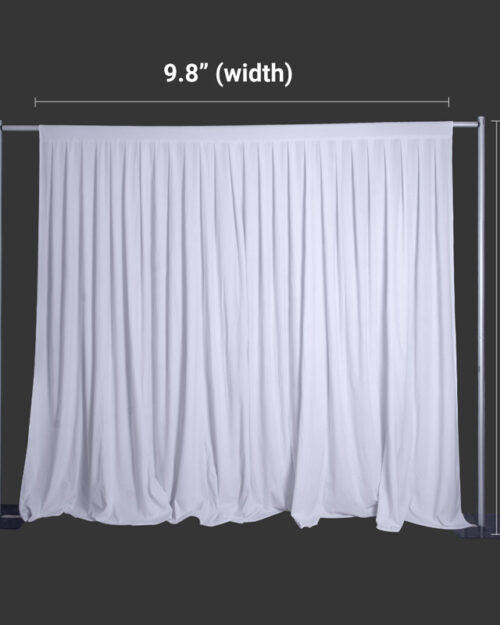
Flame Retardant White Velvet Backdrop Curtain Drapes
BG-EVDP-WT-04 -
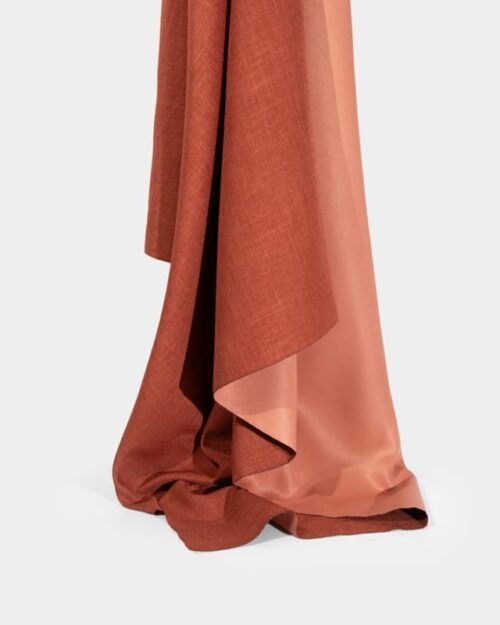 W: 300 cmWt: 320 g/m²
W: 300 cmWt: 320 g/m²Fire Retardant Faux Linen Blackout Fabric Polyester, 300cm Width
#0101 Black#0203 Beige#0302 Gray#0401 Light Brown#0403 Dark Brown#0703 Dark Orange#0902 Green#1001 Light Cyan#1103 Dark Blue+4 MoreBG-C11 -
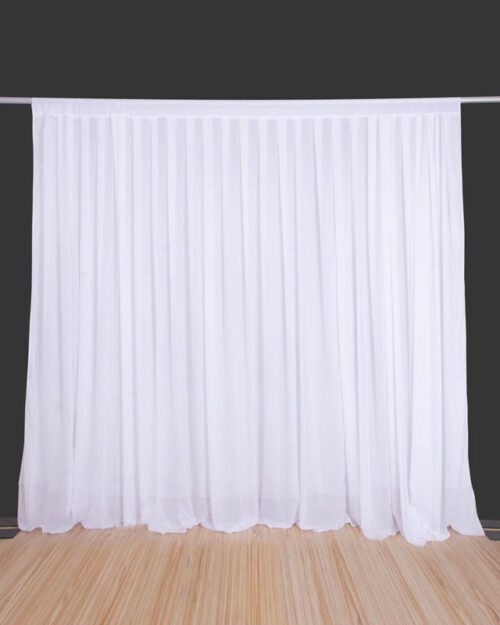
Flame Retardant Chiffon Backdrop Curtains for Wedding Decoration
BG-EVDP-WT-03 -
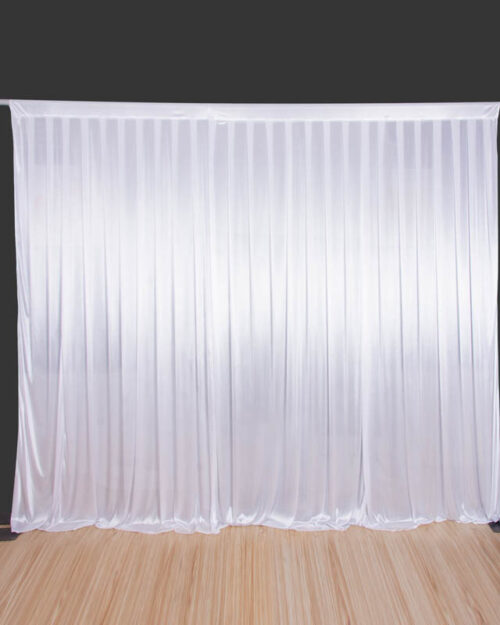
Flame Retardant White Satin Backdrop Curtain for Events Decoration
BG-EVDP-WT-02 -
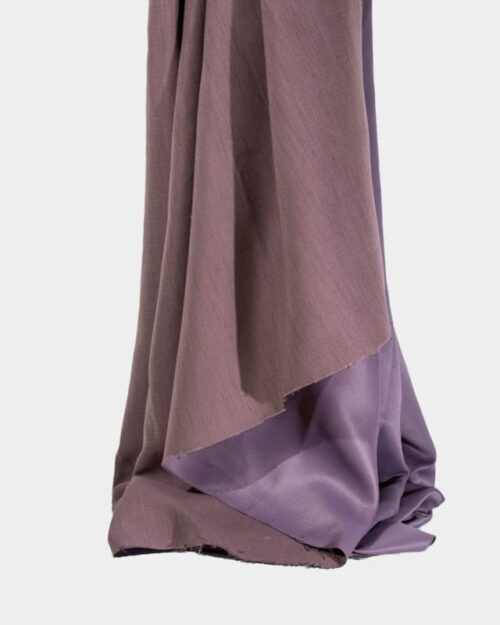 W: 300 cmWt: 350 g/m²
W: 300 cmWt: 350 g/m²Flame Retardant Faux Linen Blackout Fabric for Curtain, 300cm Width
#0201 White#0202 Off-White#0202-1 Snow#0202-2 Ghost White#0203 Beige#0203-1 Ivory#0301 Light Gray#0302 Gray#0303 DarkGray#0401 Light Brown#0402 Brown#0403 Dark Brown#0701 Light Orange#0702 Orange#0901 Light Green#1101 Light Blue#1202 Purple+12 MoreBG-C4
